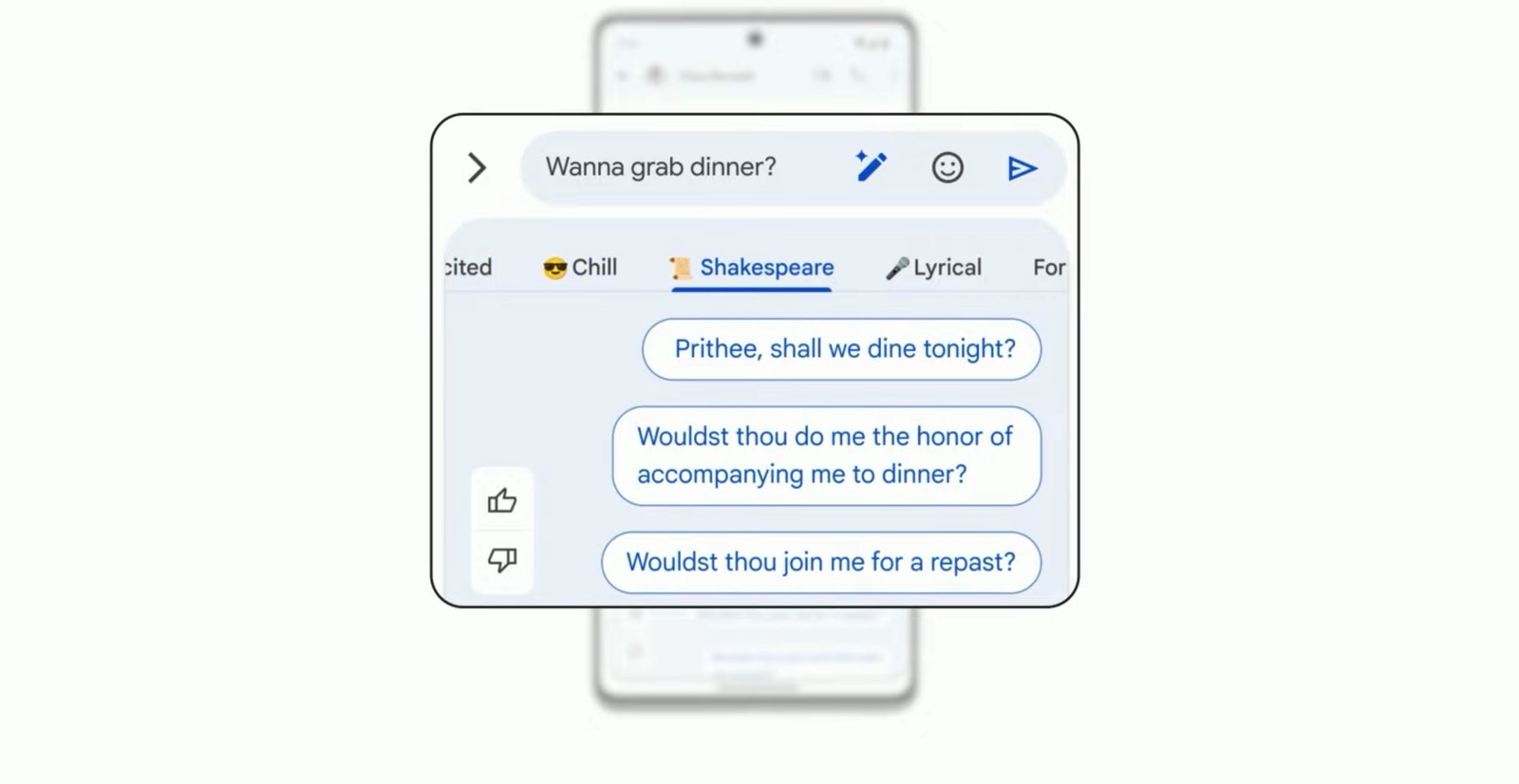The basics with a modern twist
When I first strapped on the Fitbit Inspire 3, it felt like stepping through a portal to 2015 — back to a time when fitness bands reigned supreme, and smartwatches were clunky devices that hadn’t found their purpose quite yet. And I have to say it made me feel nostalgic for simpler wearables.
The $99.95 Inspire 3 is Fitbit’s new entry-level tracker. The Inspire line’s claim to fame is its affordable price and 10-day battery life. For the third-gen Inspire, Fitbit added a color OLED display — a departure from the monochrome screen of previous versions. It’s essentially a less luxe Fitbit Luxe. Instead of a metal case, the Inspire 3 opts for matte black plastic with inductive buttons on either side. I appreciate the sporty feel of my review unit’s lilac silicone strap, as well as the retro ’90s jelly vibe of Fitbit’s new translucent band. But if you want to get closer to the Luxe’s chic vibe, you can opt for fancier bands as well.
%2Fcdn.vox-cdn.com%2Fuploads%2Fchorus_asset%2Ffile%2F24016863%2F226269_FITBIT_INSPIRE_3_PHO_vsong_0003.jpg&w=2400&q=75)
That color OLED is a big step up. It might sound silly, but adding colors really does make the Inspire 3 feel more modern, while the brighter display makes notifications and metrics more readable. Plus, you get a greater variety of clock faces. That said, the new screen has its limitations, too. Mainly, just as with the Luxe, the bezels on this thing are huge — the OLED panel only takes up about half the vertical space on the front. The rest is all bezel. You only notice it when looking at the display at an angle, but then you can’t unsee it.
My main concern with the new display is how it impacts battery life. Fitbits are known for lasting several days on a single charge, and the Inspire 2 led the pack with an estimated 10 days of battery life — a figure Fitbit also claims for the Inspire 3. I haven’t had the chance to put the Inspire 3 through my usual testing regimen yet, but I can already see that the always-on OLED puts a dent in that claim. With the always-on display enabled, I got closer to three days on a single charge. I also took the Inspire 3 on a four-day business trip without its charger. For the trip, I disabled AOD and left with about 85 percent battery. By the time I arrived back home, I had about 10 percent left. Not terrible, but it’s not the 10 days that were promised.
%2Fcdn.vox-cdn.com%2Fuploads%2Fchorus_asset%2Ffile%2F24016862%2F226269_FITBIT_INSPIRE_3_PHO_vsong_0002.jpg&w=2400&q=75)
Fitbit has always had some of the best sleep tracking among wearables, and I’m excited to see how well its new profiles work. The profiles are named after animals and are meant to give you extra insight into what kind of sleeper you are. The catch is you need to track sleep for at least 14 days out of a month — and I’ve only had this thing for about a week and a half. Once you log the required sleep data, you should be able to see metrics detailing your sleep patterns and get tips on how to improve your sleep hygiene. On paper, it’s quite similar to what Samsung introduced recently with the Galaxy Watch 4 lineup, the Galaxy Watch 5, and Galaxy Watch 5 Pro.
Otherwise, the Inspire 3 has reminded me of what I liked about fitness bands in the first place. It’s light, super comfortable to sleep in, and doesn’t overcomplicate things. It’s not going to help you control your smart home, but it delivers basic notifications, allows you to set alarms and timers, can track exercises, and, most importantly, tracks your step count for the day. With Fitbit Premium, you also get access to more advanced metrics like a Daily Readiness Score and stress tracking, though that’s optional.
You can also pop the Inspire 3 out of its wristband and stick it into a handy-dandy clip attachment — just like you could with the Fitbit One a decade ago. I was surprised how much I enjoyed going back to wearing a glorified pedometer on my waistband. I did miss out on heart rate metrics when wearing it with the clip, but it was so discreet I ultimately didn’t mind. If all you care about is step tracking, this is a neat way to keep active. (Everything old is new again. Newer trackers like the Whoop 4.0 also let you wear trackers on other parts of your body or on clothing.)
%2Fcdn.vox-cdn.com%2Fuploads%2Fchorus_asset%2Ffile%2F24016866%2F226269_FITBIT_INSPIRE_3_PHO_vsong_0005.jpg&w=2400&q=75)
The best part is you can forget you’re wearing the Inspire 3 entirely. I wasn’t constantly looking at my wrist for anything other than the time. And even if I’m not getting 10 days on a charge with the Inspire 3, it lasts long enough that I don’t have to wonder when I’m going to top up my battery. It’s a more passive experience than what I get with my Apple Watch, but that’s not always a bad thing — especially if your main goal is to cut down on distractions. In fact, I found myself remembering why I stuck with my old Fitbit Alta HR for as long as I did.
In 2022, I don’t think I’d go back to wearing a fitness band as my main tracker. I like the readability that bigger smartwatch screens afford. And I’ll admit it — I’m addicted to smart features. However, the Inspire 3’s mix of affordability and simplicity is a refreshing change of pace. It makes a compelling case for devices that don’t do more than the basics. Sometimes, it’s enough for a gadget to do its job and blend into the background.
Photography by Victoria Song / The Verge
Fitbit Inspire 3 hands-on: blast from the past - The Verge
Read More

No comments:
Post a Comment